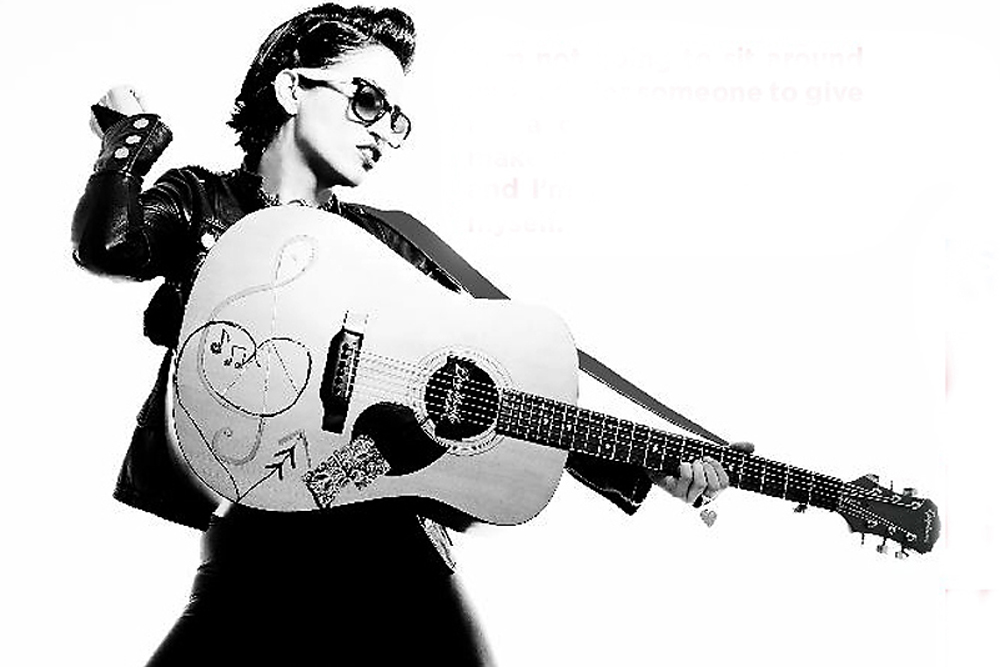This past May, I attended a panel discussion on the current state of sync. It was a real who’s-who of gatekeepers from the sync world: a PRO exec, some big name publishers and music director from one of the top creative agencies in the world.
The audience was a mix of music supervisors, catalog reps, and a ton of hungry musicians looking for new and creative ways to monetize their music. During the Q&A, one of the more forward musicians in the audience presented a very direct question to the panel:
"What kind of music should I write to land a lot of syncs?”
For a few seconds, the panel seemed to be at a loss for words. That is until the Music Director spoke up, “Inspirational, anthemic rock that builds."
By Liam Farrell, Manager of Sync, TuneCore
I watched as everyone in the audience jotted these words as if an angel had visited and given them the password to heaven. Of course, the Music Director went on to add much more substance and nuance to his answer, including the suggestion that when a songwriter sets out to write a syncable tune, its often obvious and takes away authenticity of the original song idea. However, those five first words continued to resonate in the room.
As I pondered this a bit deeper, I started to look back at my own experience as a music supervisor. Pitching and clearing music for wide variety of mediums, from multi-million dollar national brand campaigns to Kickstarter videos for salt water taffy start-ups. I realized, “inspirational anthemic rock that builds” was a great answer if you are trying to land one of those big, career launching ad placements.
But there are so many more avenues into sync where the competition is much thinner and the opportunities are much more frequent. Below are a few thoughts and music industry advice to keep in mind when crafting your next masterpiece. Again, I’m “NOT” suggesting writing a song that hits all of the points to follow. I think most music supervisors will agree with me. These are just a few things to think about applying to your song(s) to maximize your chances for landing syncs of all shapes and sizes.
Tip # 1: Instrumental Versions
I cannot stress this enough: Have instrumental versions of all of your songs ready and available at a moment’s notice. For 99% of placements of popular songs in ads, the instrumental version is needed in order to make the edit work. This is largely because the Voice Over needs room to breath and tell the audience about the product.
Let’s say you have a song called “I Got A Feelin’ I Love You” and that a yogurt brand wants to use it in a campaign to introduce their new flavor: Banana Cheesecake Delight. Target demographic: Moms on the Go.
The first 20 seconds of the spot there’s VO (voice over) speaking to the nutritional value of the yogurt and how easy and convenient it is to eat. The camera focuses in on someone savoring the first bite. The titular line of your song “I Got a Feelin’ I Love You” plays and the title card appears. That’s what we call in the biz a “vocal up.”
Now, if the instrumental wasn’t available for the editors, then all of the lyrics preceding “I Got a Feelin’ I Love You” would compete with the VO and the spot will sound cumbersome and confusing.
Tip #2: Button Up - Never Fade
I’ve been in the room when it has happened. All of the creatives listening to music options for their spot. There’s one song they all react positively to. Toes tapping and heads bopping. Everyone is loving this song. The final chorus comes in and its epic, but then, the worst thing happens. The song ends on a fade out! BLASPHEMY! Everyone is severely disappointed and a few people quit their jobs right there on the spot. Why? Why ever fade out a song? Very rarely will a TV show or film fade out from one scene to another and it NEVER happens in ads. If for some reason the spot calls for a fade out, this can easily be done in the edit suite. Editors cannot, however, undo a fadeout and create an ending that isn’t there. It is uber-important to put a nice intentional button ending (or sting) on every song you want to be pitched for sync. Trust me.
Tip #3: Clean Versions
We all love edgy music from time to time, amirite? Suggestive lyrics and gratuitous f-bombs are tons of fun at the adults-only pool party.
But brands? No way. Brands like to play it safe so they can reach the widest pool of potential consumers possible. Sure, you can get some swears in a film with a PG-13 or higher rating, or even on a late night cable comedy. But if you really want to maximize your chances for sync, you should have a clean version readily available. That doesn’t mean add a BLEEP sound over every bad word. That gets annoying real quick. That means either replace it or drop the word altogether in the mix.
Tip #4: Whoa Oh Oh's
You may have noticed (if you haven’t, you will now) that a ton of commercial spots use songs that feature some sort of “Oooo" “Whoa" or “Ahh” in lieu of actual lyrics. This makes sense because it allows the spot to avoid any lyrics that may compete with the brand’s message while also maintaining the vocal element that ‘legitimizes’ the song. It can also add an extra layer of energy.
Tip #5: Not Too Specific Lyrics
Now this is a tricky one. Not to sound like a broken record, but you shouldn’t set out to write a song specifically for sync. Give us truth. Give us authenticity. Just don’t give us the full name, description and backstory of your long lost love. Keep it 100.
It’s great to write lyrics that are personal and close to the heart. However, if your lyrics are too specific, it may hurt your chances for sync.
Let’s say a soup brand is looking for the perfect song to go along with their new flavor: New England HAM Chowder. They want to find a song that reflects the warm and comforting nature of soup. You happen to have a song in your catalog “Warmth.” The lyrics go something like, “Last winter, up in Maine, We sat by the fire hand in hand, the bluest eyes, shake my core, I love you Margaret, you make me warm…” Bro, that’s not gonna work for soup.
Meanwhile Johnny Syncsalot submits his song called “Comfort.” He lands the placement because his lyrics were emotive, yet vague enough that they could pass for being about soup, “Oooo I’ve been waiting for this, and I can’t get it out of my mind. Home is where I want to be, and now your comfort is mine.”
That could be about soup, a dog, bed sheets, a shower, etc. Lyrics like this can be applied to a number of different things because they are so vague about what the subject is.
Just something to think about next time you put the pen to paper.












